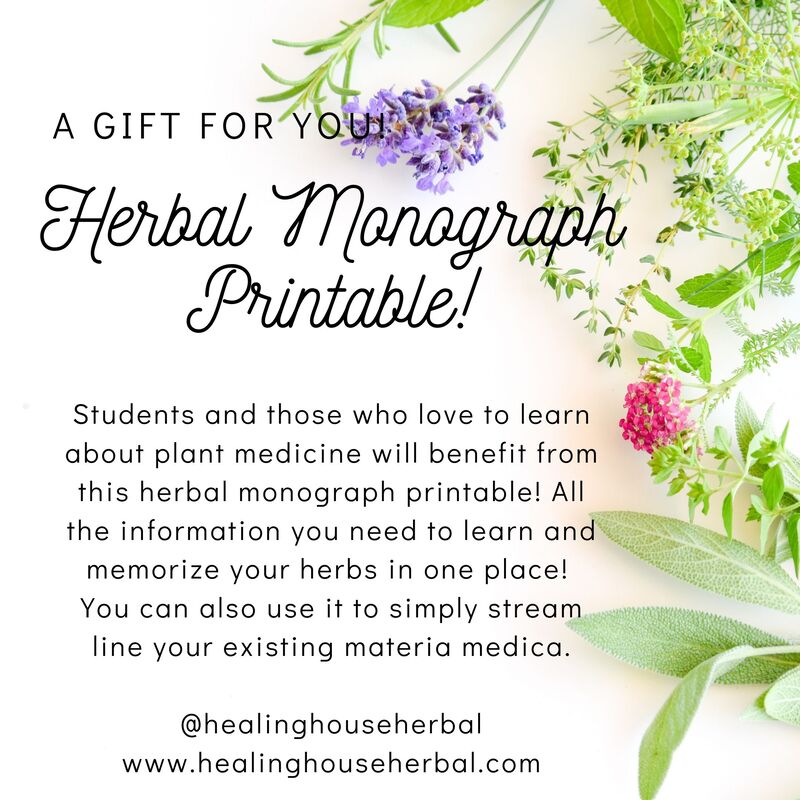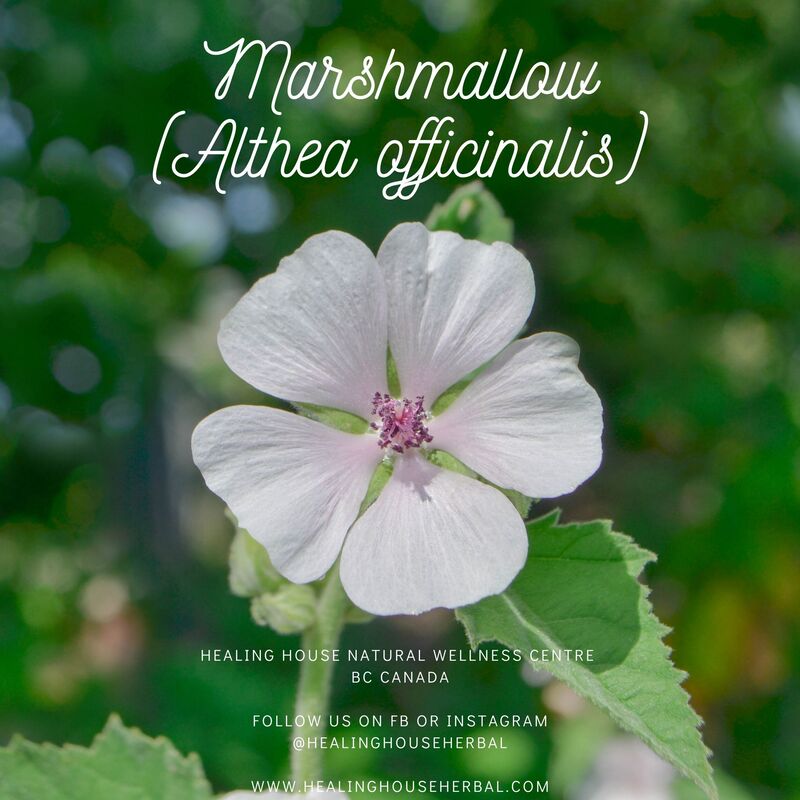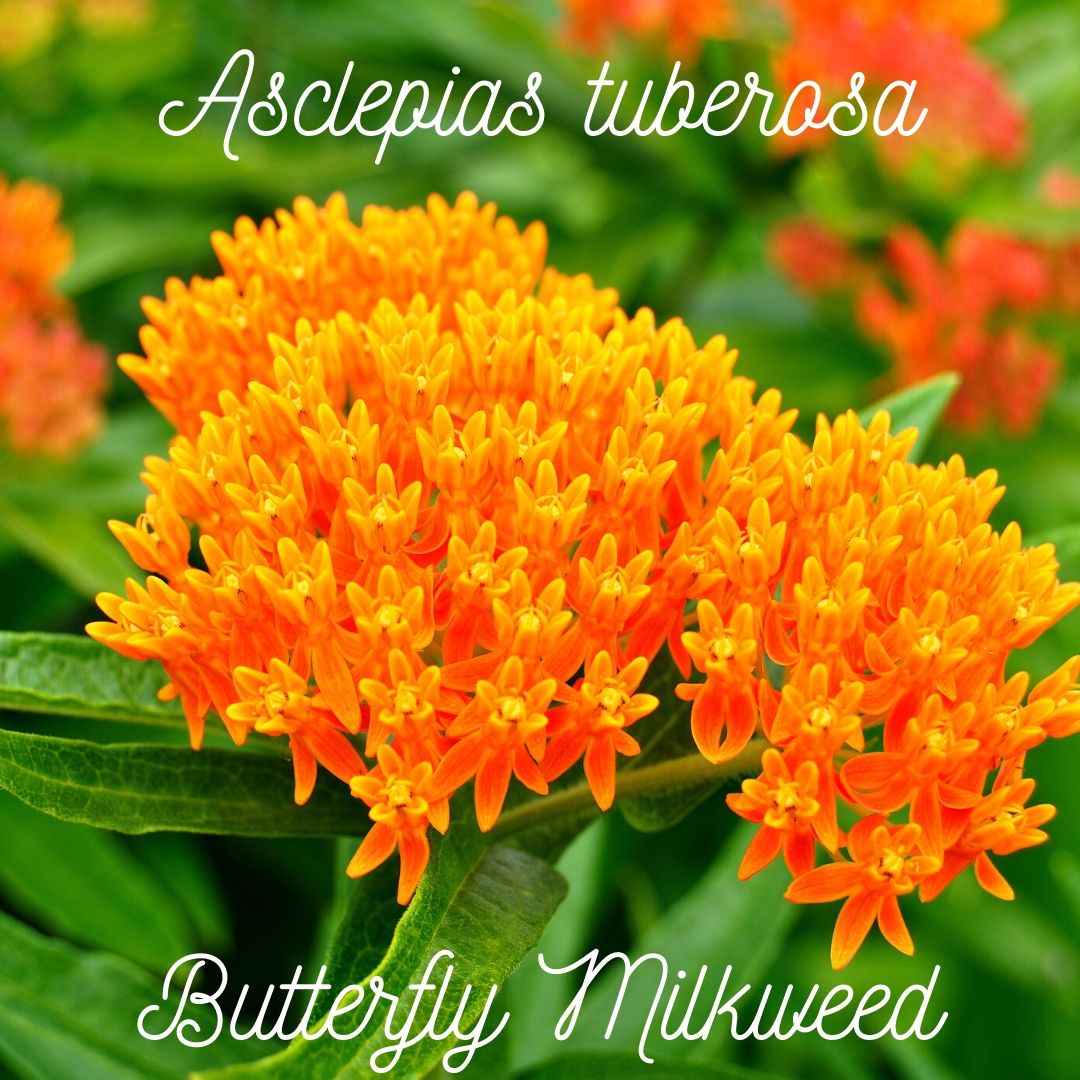|
When I was going to school at Dominion Herbal College, the main focal point of my studies for the first two of my four years was Materia Medica. Materia Medica is in essence, knowing/memorizing the medicinal use of plants. Yet, it goes so much more beyond that. As a clinical herbalist you are required to know the individual herbs you are working with, you must known their medicinal actions, their chemical constituents, the various body systems they are best for, and also their pharmaceutical applications, dosage, contraindications, what herbs are not appropriate with prescription drugs, and what herb combinations are best for certain conditions. Putting this knowledge to practice was a challenge! What I found even more challenging was that there was no pre-determined way in which to learn the material beyond just taking notes from books and lectures. I am a visual learner, and I learn best when things are organized and easy/appealing to look at. I also find that material is more easily memorized when I write things down versus typing things in a graph or on a paper. I imagine I am not the only one, and likely was not the only student often frustrated with how to learn hundreds of herbs. Today I have students of my own, both in herbal medicine and in holistic nutrition. On both ends of the spectrum, they learn about herbs. Obviously those training to be clinical herbalists or master herbalists are studying many more plants and in far greater depth than those studying holistic nutrition, but I feel this printable can be used by professional or informational studies alike. At the bottom of this field you will find two files. One of them is an example on how to fill in the form, and the other is the actual blank form. Both can be downloaded. I hope you enjoy this little gift of learning, and hope you will utilize it in your studies! With love of learning, Petra Sovcov - CHT
9 Comments
Indigenous to Asia minor and the greater part of Europe. Later naturalized on the east coast of the US in New England and New York – partial to salt marshes, damp meadows, by the sides of ditches, and by the sea and on the banks of tidal rivers. The generic name Althea, is derived from the Greek, altho (to cure), from its healing properties. The name of the order, Malvaceae, is derived from the Greek malake (soft), from the special qualities of the Mallows in softening and healing. Most of the Mallows have been used as food, and are mentioned by early classic writers. Mallow was a vegetable dish among the Romans and was considered a delicacy. In many other parts of the world it was used during times of famine. Dioscorides extols it as a remedy, and in ancient days it was not only valued as a medicine, but was used, especially the Musk Mallow, to decorate the graves of friends. Uses for Marshmallow have been documented for over 2,000 years. Family: Malvaceae Parts Used: Root (On a two to three year old plant) – Also the Leaves and occasionally the Flowers Root is collected early in the spring or fall. The leaves are picked in August, when the flowers are just coming into bloom. They should be stripped off singly and gathered only on a fine day, in the morning, after the dew has been dried off by the sun. Other Common Names: Mallards, Mauls, Schloss Tea, Cheeses, Mortification Root, Guimauve tea, Malve, Malvavisco, Malvavisce, GulKhairu, K’uei, Sweet Weed, Wymote, Witte Malve Misc:
Emollient Protective Nutritive Demulcent Anti-inflammatory Anti-Irritant Alterative Antitussive Vulnerary Diuretic Moistening Soothing
Chemical Constituents: Starch Mucilage Pectin Sugars Asparagin Flavonoids Tannins Scopoletin Salt Phenolic acids Acidic polysaccharides What are its uses?Head, Ears, Eyes, Nose, and Throat:
Integumentary System (Skin):
Mental Health:
Respiratory System:
Digestive System:
Urinary/Renal System:
Endocrine System (Hormones):
Cardiovascular System:
Circulatory System:
Immune/Lymphatic System:
Reproductive System:
Musculoskeletal System:
Specific Diseases/States/Infections/Viruses/Bacteria:
Combinations:
PharmacyMax Daily Dose:
ApplicationsInfusion:
Misc:
Pharmacological Research
Safety Concerns and Contraindications
References
There is nothing that reminds me more of summer than the beautiful bright yellows and vibrant oranges of mid-summer flowers. Beautiful sunflowers, day lilies, and of course the radiant orange and almost red tones of Butterfly Milkweed (Asclepias tuberosa). Asclepias is one of those powerful herbal medicine allies that has been brushed off of the popular shelf of herbs, but 100+ years ago, this amazing herb was at the forefront of the standard materia medica an was a staple for indigenous groups and settlers across the prairies of North America. I first learned about it a number of years ago when I was still studying herbal medicine at Dominion Herbal College and began reading Matthew Wood's book The Earthwise Herbal, A Complete Guide to New World Medicinal Plants. I had seen this plant as an ornamental in yards and neighbourhoods from BC to West Virginia and was so pleased to read about its uses and colorful past. In an attempt to inspire individuals to learn more about herbal medicine, and to offer students, practitioners, gardeners, or those seeking healing more complete information about medicinal plants, I am now so pleased to offer you this monograph. I hope you enjoy reading it as much as I enjoyed writing it. In health and wellness, Petra Sovcov - Clinical Herbal Therapist IntroThis beautiful flowering herb is commonly known as Butterfly Weed, Swallow Wort, Wind Root, Tuber Root, , and Pleurisy Root. It is a perennial herb of the Asclepiadaceae family and is native to the United States and Canada. Traditionally, Pleurisy Root is used for the condition it is named for, pleurisy. In its actions with pleurisy it is best known for its ability to mitigate associated pain and relieve the difficulty of breathing without being overly stimulating. It is most beneficial to the respiratory system where it proves itself to be best used with issues such as bronchitis, pneumonia, and dry coughs with pain. In the nineteenth century pleurisy root was one of the most popular moistening diaphoretics (sweat inducing) and was considered a very common herb by Materia Medica texts at the time. Parts Used: Root Actions: Febrifuge Antispasmodic Amphoteric Expectorant Diaphoretic Carminative Anti-Rheumatic Tonic ANS Stimulant Estrogenic Anti-inflammatory Anti-pyretic Aperient (mild)
What are its uses?Head, Ears, Eyes, Nose, and Throat:
Integumentary System (Skin):
Digestive/Gastrointestinal System:
Excretory System:
Cardiovascular System:
Immune/Lymphatic System:
Reproductive System:
Musculoskeletal System:
Specific Diseases/States/Infections/Viruses/Bacteria:
Combinations:
Safety Concerns and Contraindications
References
|
Petra Sovcov is not a Medical Doctor (MD) nor a Naturopath (ND), she is a Clinical Herbal Therapist (CHT) and holds a Doctorate in Natural Medicine (DNM). The suggestions or recommendations made on this site are not meant to be a substitute for advice from your MD, or as a substitute for any prescriptions you may be taking. Suggestions followed will be the responsibility of the reader, and are stated with the intention of interest and education only. If you have a health issue, please see your primary care physician (MD) first and foremost. Categories
All
Archives
July 2024
|
||||||||||||




 RSS Feed
RSS Feed